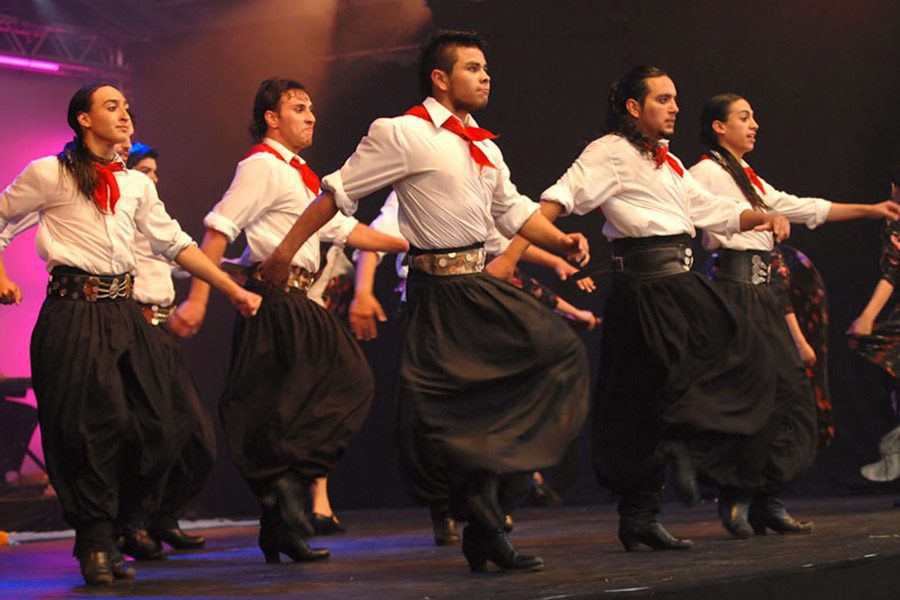Explore Argentinian folk music and its cultural impact.

Argentinian folk music is a pillar of the cultural identity of the country. With deep roots in indigenous and European traditions, its rhythms and melodies reflect the landscape and history of Argentina. In this guide, we will explore the evolution of folk music, its influence, and the richness of its expressions.
Argentinian folk music has its origins in the indigenous traditions and the influences of European colonizers, especially Spanish and Italian. Traditional instruments such as the guitar, bombo, and zampoña are fundamental in the performance of folk songs. Folk music is not only a means of entertainment but also a vehicle for telling stories about everyday life, struggles, and dreams of the Argentine people. Examples of folk genres include chacarera, zamba, and milonga, each with its own peculiarities and characteristic rhythms that vary by region of the country.
Some important genres of Argentinian folk music include chacarera, zamba, milongón, and vidalita. Each of these genres has its own characteristics and dancing styles. For example, chacarera originated in northwest Argentina and has a lively rhythm that accompanies couple dancing. Zamba, on the other hand, is more melodic and is associated with a more romantic dance. The importance of these genres goes beyond music, becoming a form of cultural expression that transcends generations. At festivals and gatherings, folk music serves as a symbol of unity and celebration of Argentinian cultural heritage.
Argentinian folk music has had a significant impact on the popular culture of the country. Over the years, artists like Mercedes Sosa, Atahualpa Yupanqui, and Los Chalchaleros have brought folk music to a broader audience, blending styles and promoting cultural heritage. However, they often face modernization and globalization, which tend to displace these traditions. It is vital to promote awareness and appreciation of folk music among new generations, thus safeguarding a legacy that is essential to Argentine identity.
To help keep Argentinian folk music alive, various strategies can be implemented. Schools can include folk music in their educational programs, teaching students about instruments, history, and genres. Additionally, workshops and festivals can be organized that bring together folk musicians and dancers, thereby promoting active community participation. Social media can also be used to promote folk music to a wider audience, connecting new talents with folk music lovers from Argentina around the world.
I encourage you to explore more about Argentinian folk music, attend local concerts, and discover the rich cultural heritage that this music offers. Each melody and rhythm tells the story of a people, and it is our responsibility to ensure that these traditions remain alive.
Aôba, tá precisando de ajuda? Clica aqui no botão do Whats que nóis te ajuda uai